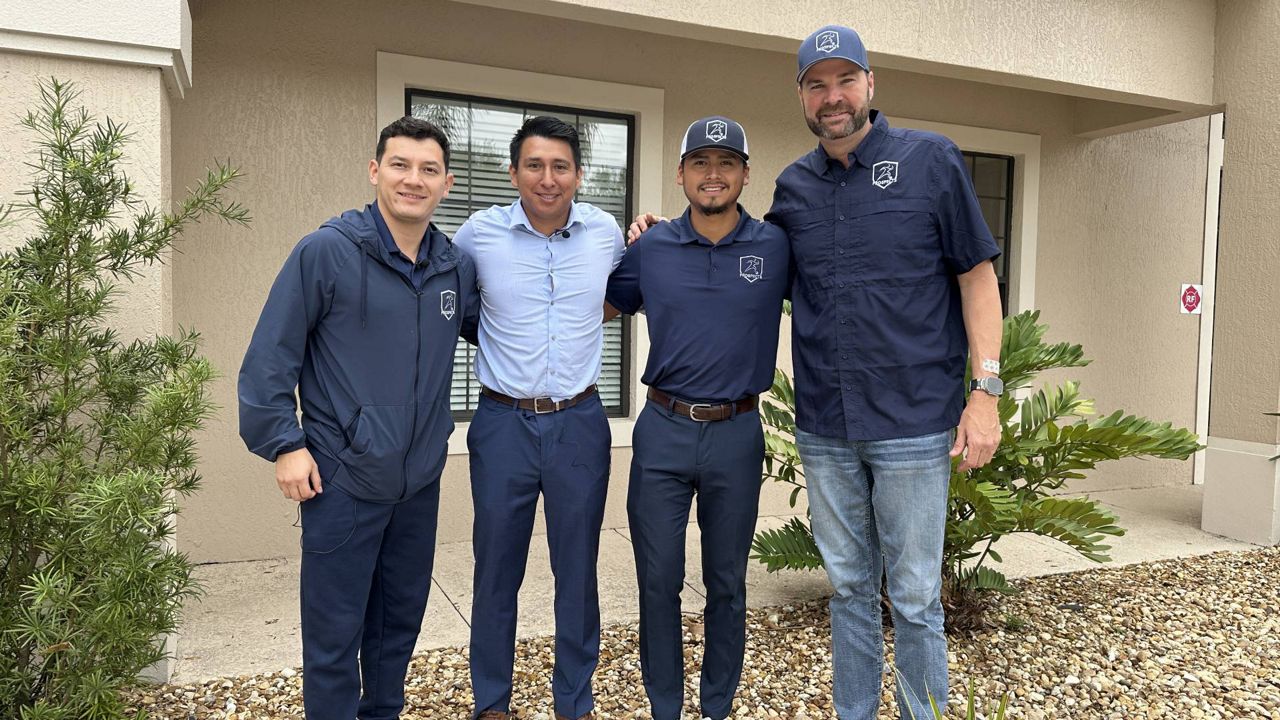TAMPA, Fla. — The Robotics and Advanced Technology Center at James A. Haley Veterans Hospital is now helping about 50 patients after opening in April of last year.
The hospital is among the first to launch a robotics center, has seen growth since its doors opened last year.
What You Need To Know
- November is military families appreciation month
- The Robotics and Advanced Technology Center at James A. Haley Veterans Hospital is now helping about 50 patients after opening in April of last year
- INSIDE the Robotics and Advanced Technology Center
It’s a complicated process getting into the robotic device, but the time spent is worth it for Richard Smith.
“The ability to walk around, the independence you gain knowing you are about to get into it, gives you a motivated feeling,” Smith said.
The 53-year-old Army veteran gets strapped into the Indego Therapy Unit once a week, with walking settings controlled by a wireless app on a phone.
“I feel good,” he said.
However, in February, things took a turn for the worse. Doctors found a tumor in Richard’s upper back, leading to surgery that month because, as doctors told him, his spinal cord would be completely severed.
“Woke up from surgery, no feeling from the armpits down, no movement from the armpits down,” he said.
Doctors initially thought it could take two to three years until he would regain any mobility. Through determination and rehab, he started walking with a cane by the end of summer.
“I had a goal of walking by Thanksgiving, so knowing that I’m hitting that goal feels very good,” Smith said. “The independence gained back from being bedridden or chair-ridden, to the point where doing things for yourself, feels amazing.”
Smith served active duty for more than 30 years in the Army, an experience he says he would never trade for anything.
“During that time, I served as a paratrooper, jumped out of a lot of planes, had a lot of fun doing that, serving as a jump master,” he said. “(Now), I want to be able to walk, I want to get back to life and be able to get back to my family and get back to what the old normal was and what the new normal is going to be.”
At the end of each session, Richard will have walked around 2,000 steps.
“Good, but tiring,” he said.
After his appointment, he reflects on how far he has come.
“A little shock and awe: one is looking at how bad I actually looked and reflecting back on there. The other part is extreme happiness on how far it’s come already and how far I’m going to get going still,” he said.
Richard is optimistic he’ll keep achieving new goals, working toward his new normal. The center uses six different robotic exoskeleton devices. Richard hopes to be able to walk without any assistance by February.
He emphasizes that he’s motivated by his wife and kids.
“There is no way to quit,” he said. “Not even a word in there of quit.”










